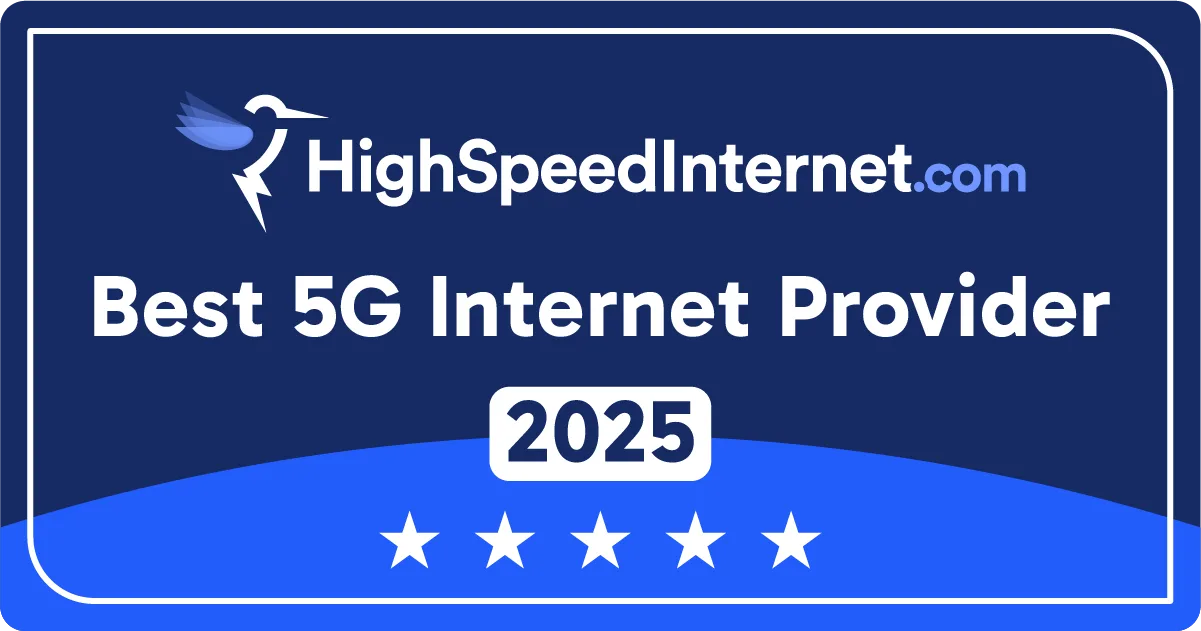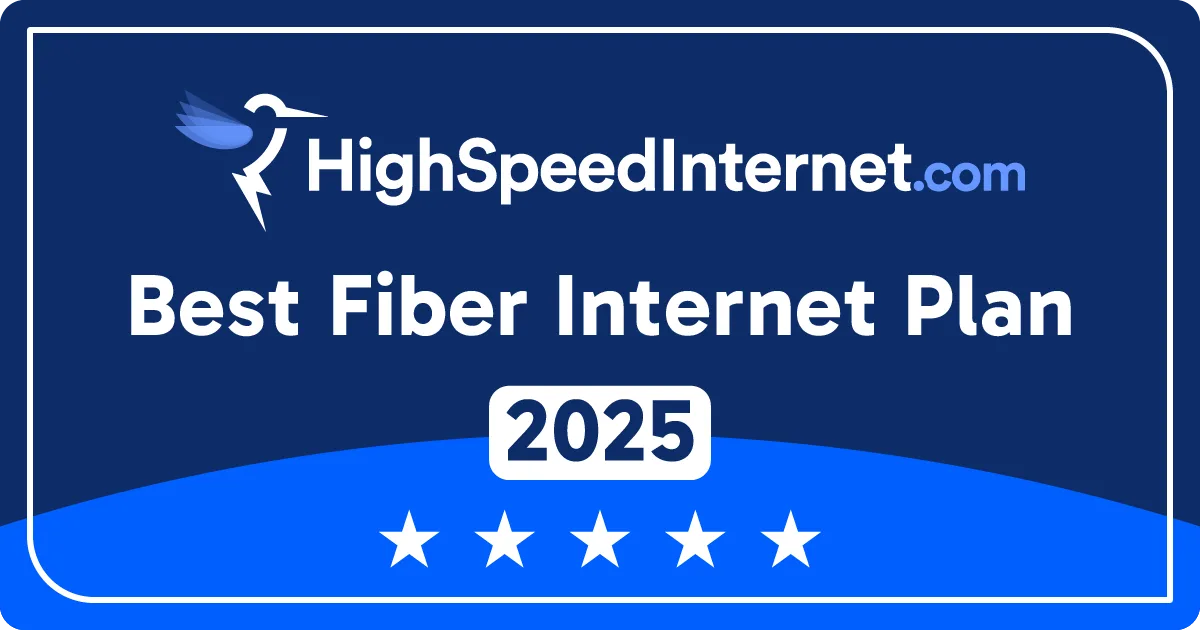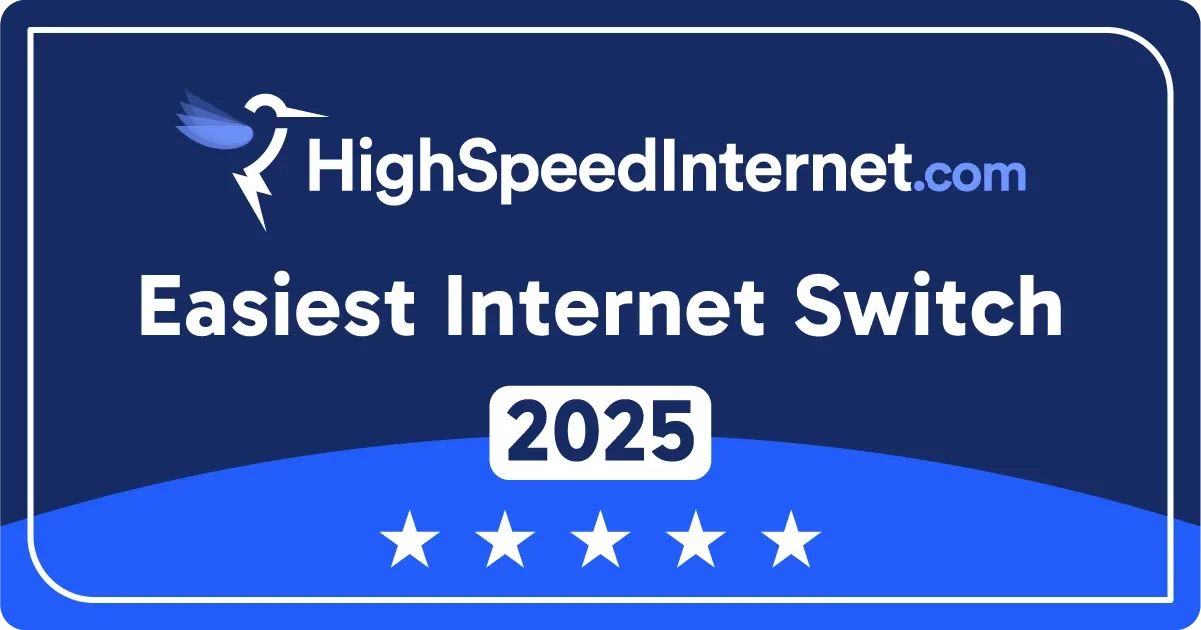Survey finds nearly half of America unaware of internet data cap limits
Feb 25, 2021 | Share
Industry Exclusive/Entertainment
During the first months of the COVID-19 pandemic, many US internet service providers (ISPs) waved their data caps and overage charges, giving every customer on their networks unlimited data.1 Although the pandemic continues, many ISPs have reinstated their data caps and some, like Comcast, are introducing new ones.2
We wanted to see if people knew they had data caps, if they’d been charged for overages, and if they’re willing to pay more for unlimited data plans.
Our survey found that while the impact of data caps is often downplayed by providers, they affect a large number of Americans.

How much data do I even have?
Overage fees from passing data limits can add up fast. And since nearly half of those surveyed didn’t know where their data was capped, these fees could come as an unpleasant surprise. Comcast’s recently announced overage fees can go as high as $100, which for many people more than doubles their monthly bill.2
Conserving data is hard
Even for those who know what their data caps are, staying below them could be difficult. More than a third of those surveyed have hit their data cap during the pandemic. It’s worth noting that this was the case despite most ISPs suspending their data caps for at least part of the year.
It’s also worth noting that even when ISPs don’t charge overage fees, they often throttle your connection speed if you pass a certain limit. This can also be true of some plans that are marketed as “unlimited data,” so be sure to always read the fine print on your contract.
Are you getting less speed than you paid for? Take our speed test to find out.
Entertainment uses a lot of data
When you’re stuck in quarantine, it helps to have a lot of shows in your Netfilx queue. Unfortunately, streaming video uses more data than almost any other online activity. This is especially true if you’re watching video in 4K, which can burn through more than 3 MB of data every second.
You can make your data last longer by lowering the quality of your video (most services will try to give you the best quality your connection can handle), or by downloading titles to a device rather than streaming them. Even with these precautions, video still uses a lot of data.
Playing online games is actually a great alternative to streaming video, and it uses much less data (unless you use a streaming service like Stadia). Your data use can still add up when you’re trapped at home for weeks on end, but at least you usually have the option of playing offline.
No one wants data caps
Data caps are a widely unpopular policy. Of those who participated in our survey, 75% would be willing to pay more for a plan without a data cap. It should come as no surprise, then, that Comcast’s proposed 1.2 TB data caps in the northeastern US were met by fierce opposition from both customers and lawmakers. After intense pressure, Comcast eventually agreed to delay the new plan until 2022.3
Although the northeast has won a temporary victory, Comcast customers in other parts of the country (as well as customers of many other ISPs) already have to deal with data restrictions. Data caps like this are artificial limits, designed to sell more expensive plans, not to manage network performance.4 This further demonstrates how artificial data caps are—at the height of the pandemic when everyone most needed the internet, ISPs were able to simply switch them off with no ill effects.
The upside is that since data caps are an arbitrary corporate policy, pressure from customers and lawmakers really works. If politicians continue to fight for their constituents as hard next year as they did this year, there’s no reason why the new caps couldn’t be pushed back yet again. Consumers can also apply pressure by contacting their representatives and by choosing internet providers that don’t have data caps.
Methodology
The analysts at HighSpeedInternet.com surveyed 1,000 Americans to see how much they know about the limits of their internet connection. We analyzed the results and compiled this report. Participants were located in all 50 states with ages ranging from 16–54+. The survey was distributed online via Pollfish.
Sources
- Jon Brodkin, Ars Technica, “Comcast’s data cap and overage fees return tomorrow after 3-month break” June 30, 2020. Accessed February 19, 2021.
- Joanna Nelius, Gizmodo, “Comcast Prepares to Screw Over Millions With Data Caps in 2021” November 23, 2020. Accessed February 19, 2021.
- Jon Brodkin, Ars Technica, “Comcast reluctantly drops data-cap enforcement in 12 states for rest of 2021” February 19, 2021. Accessed February 19, 2021.
- Dante D’Orazio, The Verge, “Leaked Comcast memo reportedly admits data caps aren’t about improving network performance” November 7, 2015. Accessed February 19, 2021.
Author - Peter Christiansen
Peter Christiansen writes about telecom policy, communications infrastructure, satellite internet, and rural connectivity for HighSpeedInternet.com. Peter holds a PhD in communication from the University of Utah and has been working in tech for over 15 years as a computer programmer, game developer, filmmaker, and writer. His writing has been praised by outlets like Wired, Digital Humanities Now, and the New Statesman.




